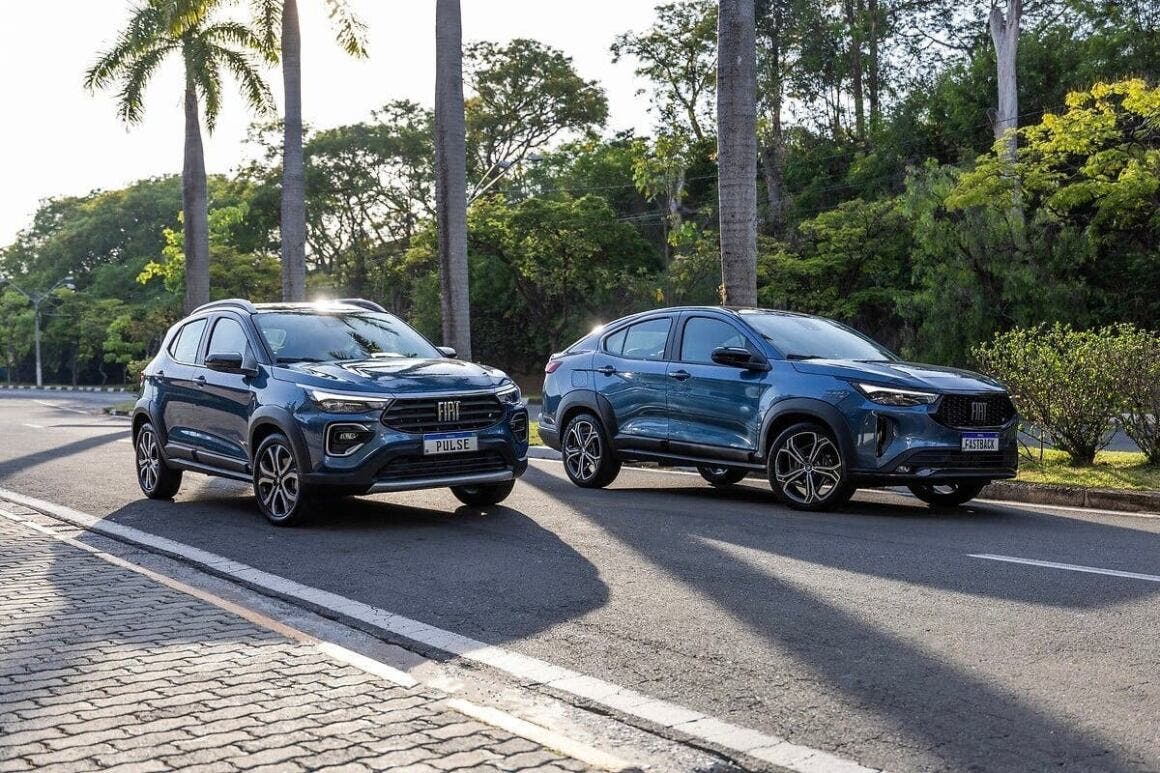Market leader in Brazil for almost four consecutive years, Fiat is accustomed to leading major revolutions in the national automotive sector, offering sustainable and affordable models throughout its history. This was the case with the 147, the world’s first mass-produced ethanol car, with the Uno, and with numerous other successful models and examples of innovation that the brand has introduced to the Brazilian market.
Fiat Fastback and Pulse hybrids affirm its market leadership role in Brazil
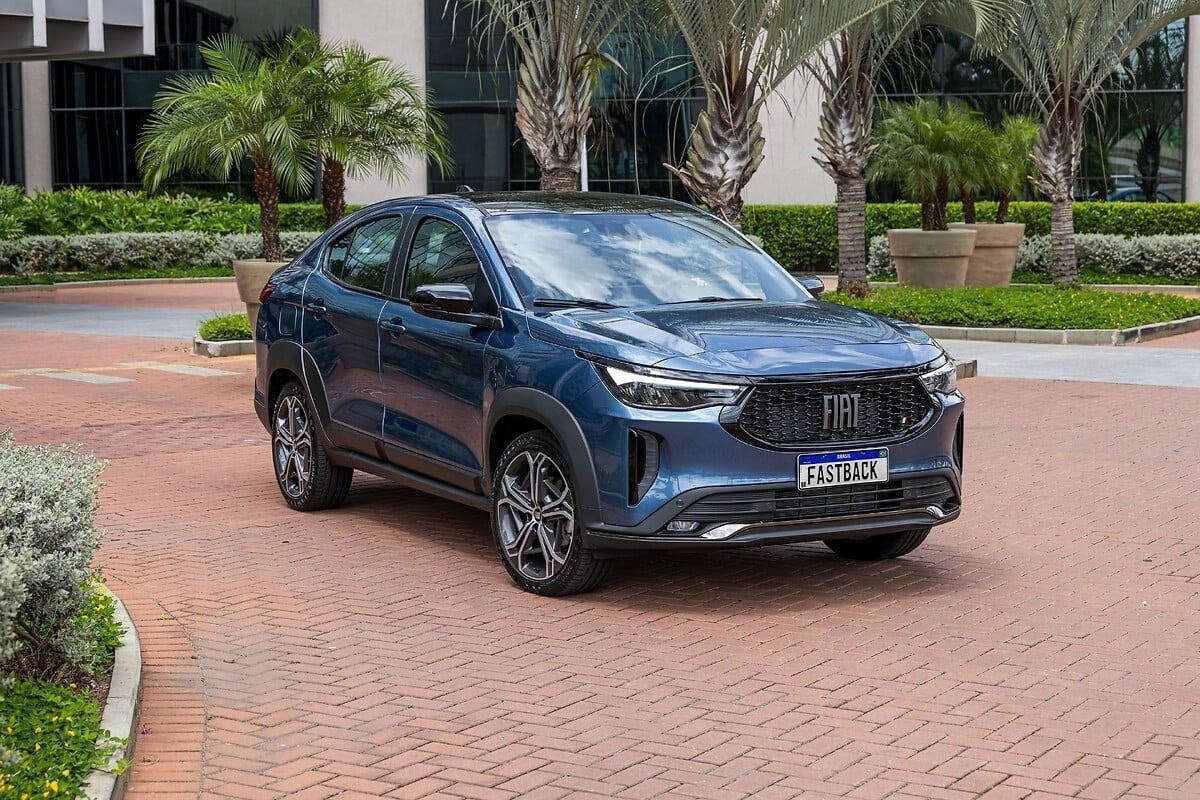
Success was repeated when the brand decided to enter the SUV segment: the Pulse, the first model launched in the country, has exceeded 150,000 units produced, followed by the Fastback, launched a year later, which has already accumulated more than 100,000 units, produced at the Stellantis plant in Betim.
Therefore, these two market-leading SUVs were chosen to debut Fiat’s hybrid technology. The system ensures a more sustainable driving experience, combining performance and efficiency, maintaining the brand’s tireless pursuit of offering the best value for money to customers.
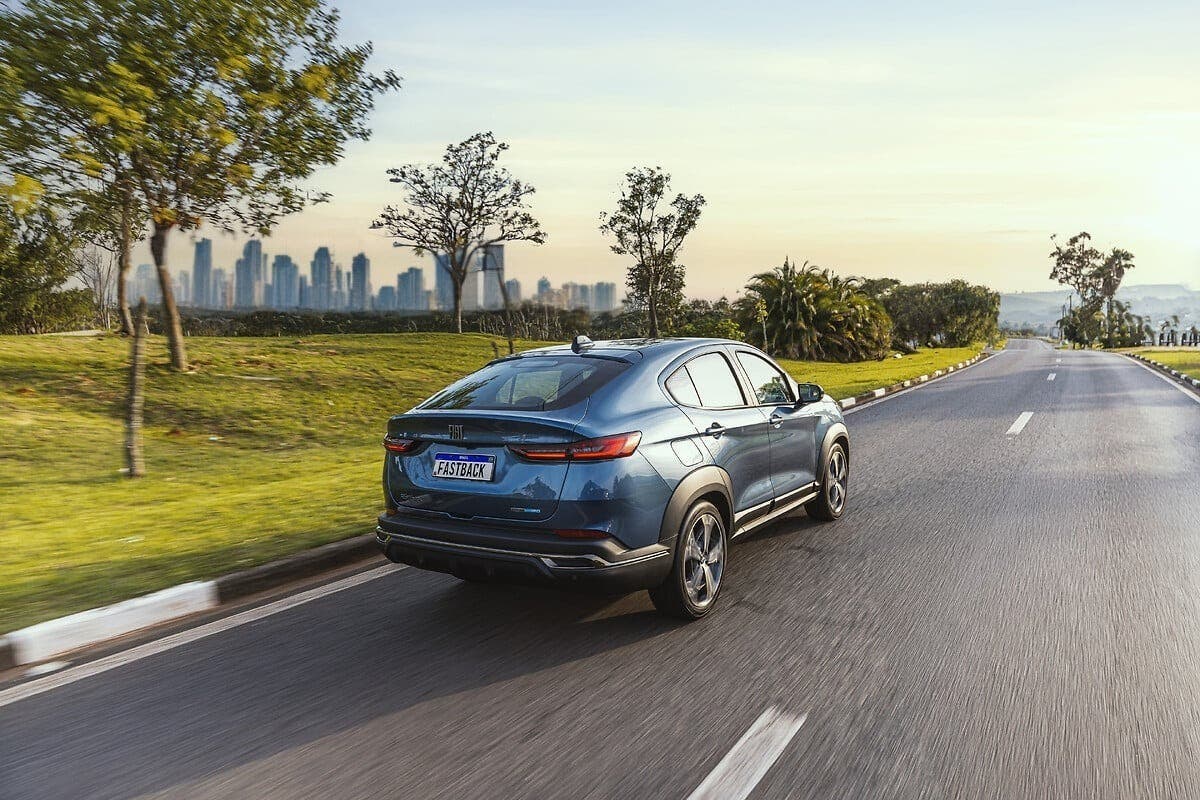
The new T200 Hybrid engine now equips the Audace and Impetus versions of Fastback and Pulse. This innovation reflects Fiat’s commitment to a more sustainable automotive industry through the combination of ethanol and electrification, a competitive alternative for the transition to low-carbon mobility in line with Brazil’s energy matrix potential.
“As a brand that is in the hearts of Brazilians and has led the national market in recent years, we have an obligation to also lead this new era of transformation. The DNA of accessible innovations is present in Fiat, which has always revolutionized and democratized technologies in Brazil. Our SUVs will therefore be protagonists of another revolution, this time intensifying our efforts to offer increasingly cleaner mobility,” emphasizes Alexandre Aquino, Fiat’s Vice President for South America.
The launch of Fiat Fastback and Pulse hybrid vehicles materializes Stellantis’ efforts in developing Bio-Hybrid technology, which has given rise to a new platform, aiming to offer clean, safe, and accessible mobility in Brazil and South America. In the coming years, more than 40 new models and 8 powertrains, including hybrid and 100% electric options, will be launched by Fiat and other Stellantis brands.
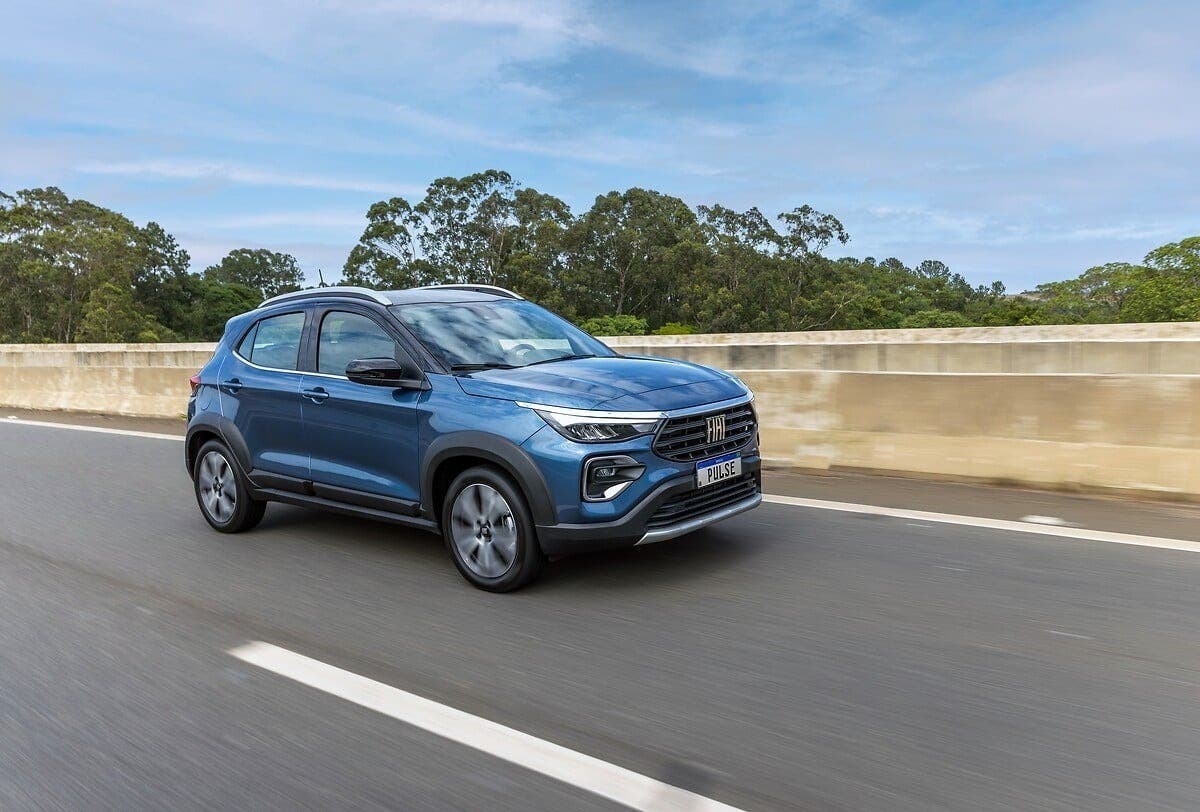
In the hybrid versions of Fiat Fastback and Pulse, the T200 Flex engine paired with the seven-speed CVT transmission, the most powerful 1.0 turbo in the segment with 130 HP and 20.4 kgfm of torque, will have greater energy efficiency, ensuring performance and the best cost-benefit ratio. In the urban cycle, the Fastback had a fuel consumption reduction of 11.5% on gasoline (9.8% on ethanol), while in the Pulse the percentage is 10.7% for both gasoline and ethanol.
Fiat’s hybrid system features a multifunctional electric motor that replaces the alternator and starter motor. This dual-battery hybrid system can generate additional torque for the vehicle’s thermal engine and electrical energy to charge the 68 Ah lead-acid and 11 Ah lithium-ion batteries, both 12V, which provide power to the electric motor. The system generates power up to 3kW, ensuring better vehicle performance and reduced consumption. The management of these two energy sources is handled by the DBSM (Dual-Battery Switch Module) system, which coordinates their interaction based on the vehicle’s needs.
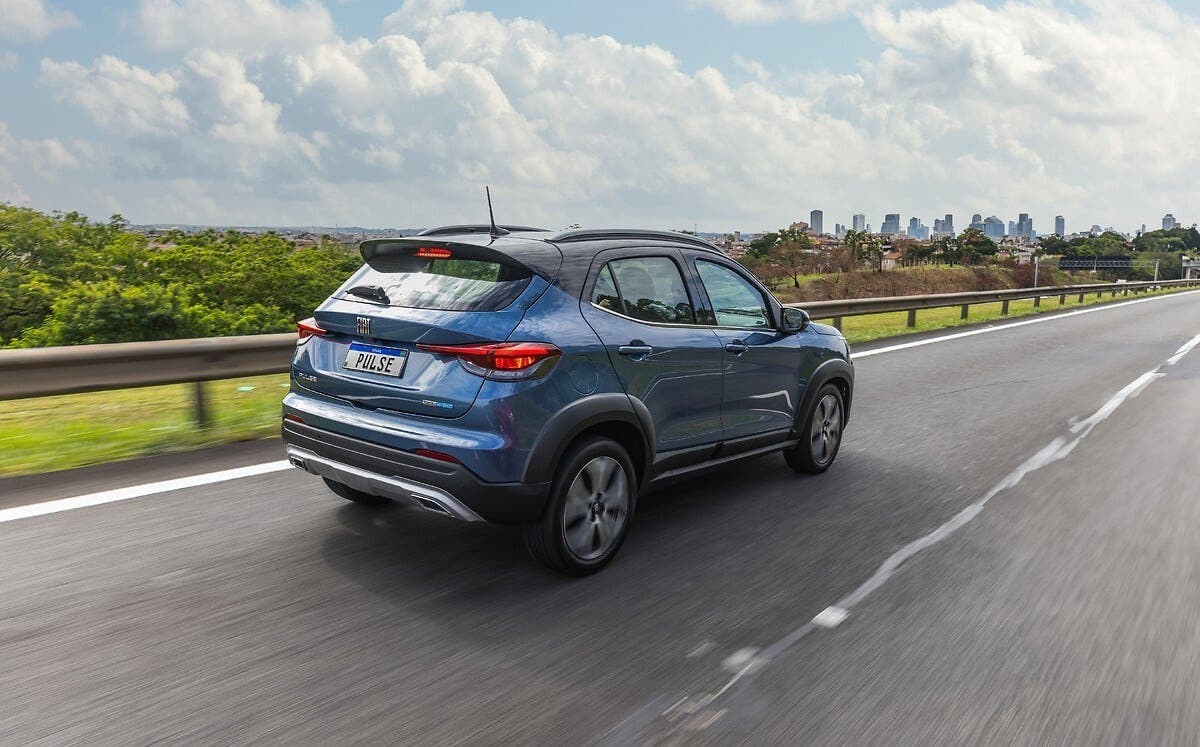
The system uses a 12V multifunctional electric motor with 3kW power, which replaces the traditional alternator and starter motor, integrating perfectly with the thermal engine. Operation is articulated through four distinct operating modes: the e-Start&Stop function, which manages engine shutdown during stops to optimize consumption; e-Assist, which provides electrical support during acceleration phases; the smart alternator, which manages battery charging dynamically; and finally e-Regen, which recovers energy during braking.
This system can recover up to 25% of the energy that would be lost in a conventional powertrain, thanks to the e-Regen function. The smart alternator also operates in two distinct modes depending on the batteries’ charge status, always ensuring correct power supply to the vehicle’s electrical system.

